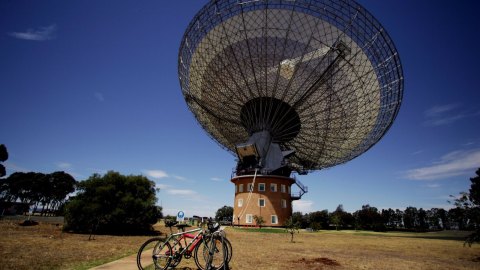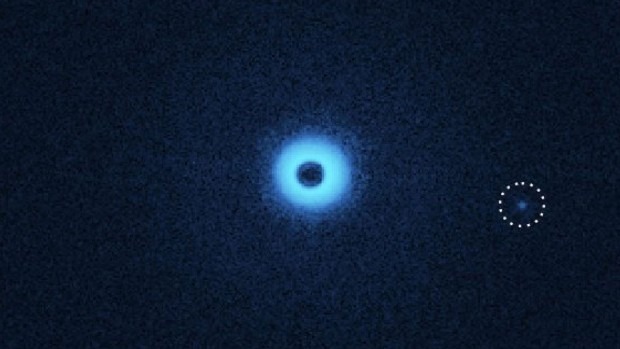Stephen Hawking’s effort to find intelligent life just got a huge boost

The Breakthrough Listen project, an effort to search even deeper for extraterrestrial life, was formed by entrepreneur Yuri Milner and astrophysicist Stephen Hawking, who died in March. The project is surveying both the Milky Way galaxy and nearby galaxies using the Parkes Telescope in New South Wales, Australia.
“With these new capabilities we are scanning our galaxy in unprecedented detail,” Parkes project scientist Danny Price of the University of California, Berkeley, said in a statement.” By trawling through these huge datasets for signatures of technological civilizations, we hope to uncover evidence that our planet, among the hundreds of billions in our galaxy, is not the only where intelligent life has arisen.”
The latest addition to the telescope that makes this search effort faster and deeper is the new multibeam receiver. It uses 13 beams to observe much larger pieces of the sky than previously possible.
That addition has pushed the data arriving from the telescope and receivers to 130 gigabits per second. Wow.
The multibeam receiver also allows much quicker sorting between man-made signals or interference from Earth-bound devices and those on another planet.
Over the next 60 days, the Parkes telescope will spend 1,500 hours listening for extraterrestrial signals.
One type of signal that’s particularly fascinating to scientists is when they come across Fast Radio Bursts, or FRBs. These are quick, vibrant radio signal bursts of unknown origin, and the closest was observed 1.6 billion light-years away. They’re not necessarily an indicator of any alien intelligence, but they do originate from sources that have extremely powerful magnetic fields.





